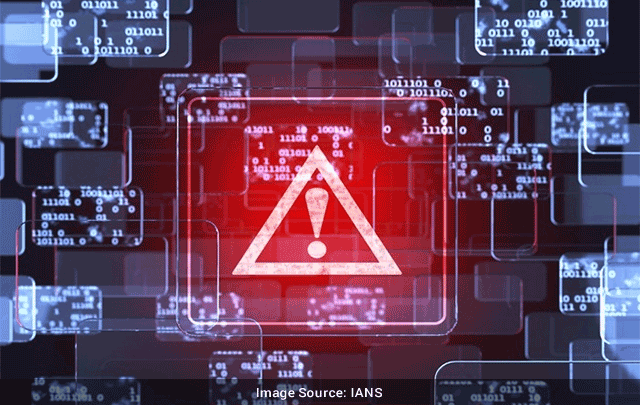While most ransomware actors spend time on the victim network looking for important data to steal, one group favors quick malware deployment against sensitive, high-value targets.
It can take less than two days for the FIN12 gang to execute on the target network a file-encrypting payload – most of the time Ryuk ransomware.
Fast-moving FIN12
FIN12 is a prolific threat actor with a strong focus on making money that executes ransomware attacks since at least October 2018.
The group is a close partner of the TrickBot gang and targets high-revenue victims (above $300 million) from various activity sectors and regions on the globe.
FIN12 is characterized by skipping the data exfiltration step that most ransomware gangs have adopted to increase their chances of getting paid.
This attribute allows the group to execute attacks at a much faster rate than other ransomware operations, taking them less than two days from the initial compromise to the file encryption stage.
According to data collected from investigations, most ransomware gangs that also steal data have a median dwell time of five days and the average value is 12.4 days.
With FIN12, the average time spent on the victim network dropped each year, getting to less than three days in the first half of 2021.
During the attack, FIN12 also exfiltrated about 90GB of data to multiple cloud storage providers and extorted the victim twice to keep the data off the public space.
Conti ransomware appeared in isolated incidents at the end of 2019 and shares code with Ryuk. Conti activity picked up in July 2020 as Ryuk ransomware attacks started to become less frequent.
The researchers say that FIN12 also engaged in other ransomware incidents that involved data theft using Ryuk. In those cases, the information was exfiltrated to the attacker’s machines and was not leveraged for extortion.
Mandiant says that nearly 20% of their incident response engagements since September 2020 are for FIN12 intrusions.
TrickBot’s initial access
The researchers note that FIN12 did not breach the networks themselves but obtained initial access from their partners, via TrickBot and BazarLoader in particular; other initial access vectors were observed.
Mandiant says that despite FIN12’s use of ”overlapping toolsets and services including backdoors, droppers, and codesigning certificates,” they track the group as a distinct threat actor because they showed they can work independently of the two malware families.
The set of initial access vectors that the researchers observed includes phishing emails and compromised remote logins to Citrix environment.
